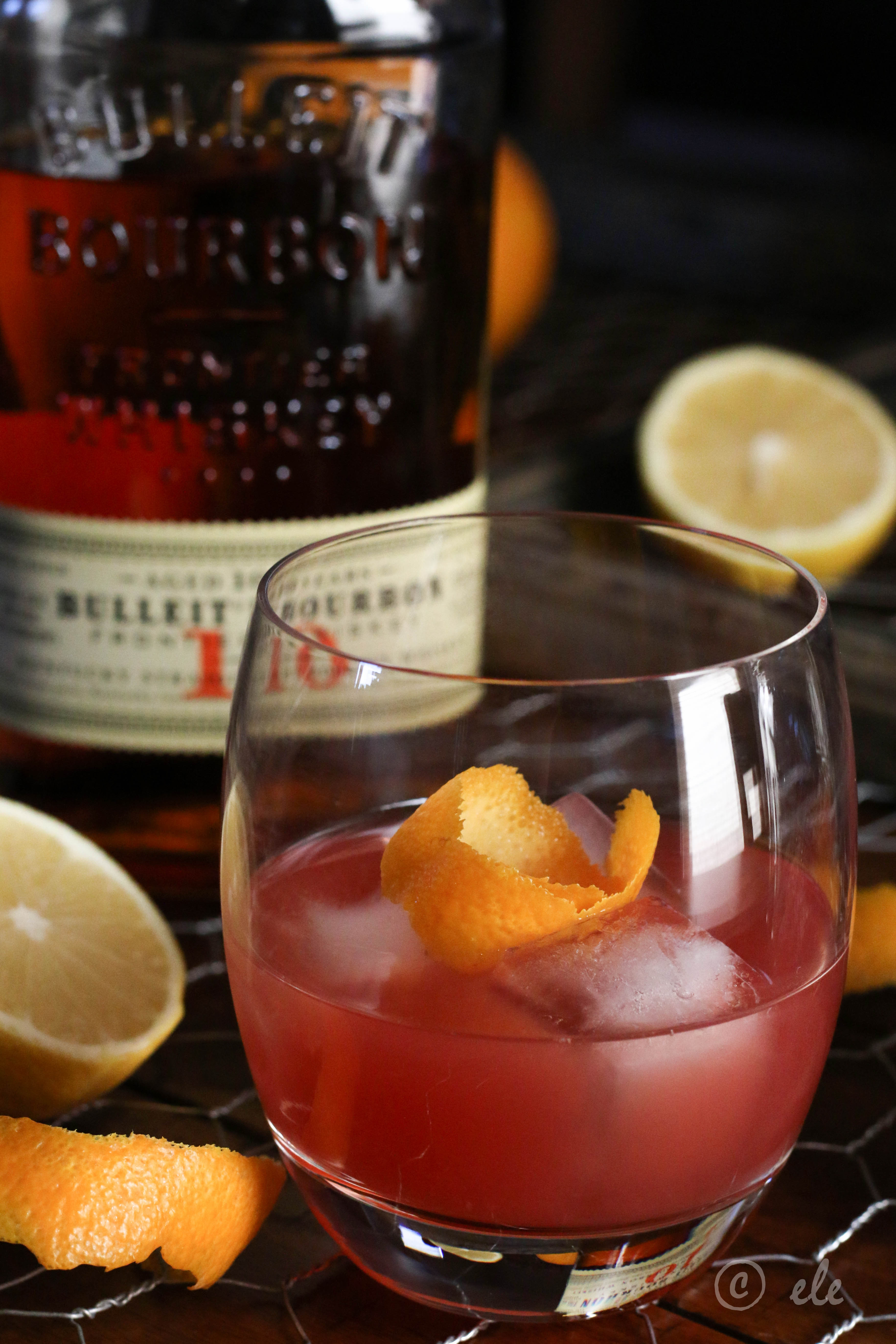

I first encountered, and fell in love with this combination, as the Back Forty cocktail, which was the signature and eponymous cocktail of the Back Forty restaurant in the East Village which, in turn, was the sister restaurant of the Savoy restaurant in Soho, where I was working in at the time. 1929), Habitant (My New Cocktail Book, Charles Watson Russell, 1936), and doubtlessly several more. Over the years it’s soldiered on as the Maple Leaf (Artistry of Mixing Drinks, 1936), Revolving Door (Here’s How Again! Judge Jr. Express the oils from the grapefruit peel and add it into the glass.Įven though it has existed for at least a century, a whiskey sour with maple syrup hasn’t coalesced under a singular name, which is strange considering how simple and delicious it is. Prepare as above and serve in a chilled coupe or martini glass. Grapefruit peel for garnish - also not traditional, but good. ½ teaspoon lemon juice - not traditional but helps with balance. Ahhh, cocktail history ignorance is bliss. The drink is great either way (for what it's worth, so it the rum version with 2 oz Jamaican rum, ¾ oz lime juice, and a heavy ½ oz maple syrup). What gives? For the whole story check out this great article from Robert Moss, he sets the record pretty straight. What’s more, apparently there was another Brown Derby cocktail that was popular in New York during the 1930s that called for dark rum, lime and maple sugar/syrup. Though a drink that is identical to it appears in Harry Craddock’s 1930 Savoy cocktail book under a different name, the De Rigueur. It appears to have originated in the late 1920’s/early 1930’s, just before prohibition’s repeal. The backstory of the Brown Derby is far more complicated than its recipe. I sometimes find it to be a hair sweet so I like to add a teaspoon or so of lemon juice, but that’s up to you.

While the Brown Derby is clearly a close relative to the sour, it very much has it’s own flavor profile. This is one of the my go to cocktails for people well acquainted with the Whiskey Sour but looking for something outside of the standard rolodex. Finally, while it's not traditional at all, adding a dash of Angostura bitters to a Whiskey Sour is pretty darn awesome. They can be served either up or on the rocks (I lean towards rocks), and the addition of an egg white for a lighter, frothier texture is a pre-prohibition fixture which didn’t survive too far past the 1930s, though many bartenders use them today. I personally like the egg white, but it's up to you. There are a few options regarding preparation. As the bartender who made me my first real Whiskey Sour - which was a revelation early on in my cocktail journey - put it, “it’s a great way to drink brown in the summer.” (Though I wouldn't limit it to just that.) Now it's time to jog those memories, and enlightened the others, because when made correctly, the Whiskey Sour stands in the pantheon of all-time greats.Īs far as refreshing whiskey classics go, for my money, it’s only legitimate challenger is the Mint Julep. By that point, drinker’s had forgotten, or never knew in the first place, the joys of the original. At one point during the cocktail golden age at the end of the 19th century it was just about the most popular thing going, but by the end 20th century, it had been reduced to a cloying shadow of its former self, made with sour mix rather than fresh-squeezed juice. Go at your own pace as you get used to this new technique.The Whiskey Sour gets a bad rap. While working with raw egg white can feel daunting, make sure you use fresh eggs and remember you can always start with half an egg white or less. By giving the ingredients a dry shake, which means to vigorously shake the cocktail before adding ice, you aerate the drink, adding tiny air bubbles that get trapped in the egg white and add body - think about the science behind how meringue gets light and fluffy as air is beaten into it. That’s a balance that is hard to replicate with any other ingredient.” While most ingredients which add body to a cocktail add flavor or sweetness, like Orgeat, egg white simply affects the texture of the drink. “Egg whites contribute this perfect bit of texture but also dry a drink out.
#Whiskey sour how to#
“People have been putting eggs and spirits together for centuries,” writes Neal Bodenheimer in his book Cure: New Orleans Drinks and How to Mix ‘Em. While there are variations without it, our favorite version of the Whiskey Sour leans on an egg white for its frothy texture and silky mouthfeel.


 0 kommentar(er)
0 kommentar(er)
